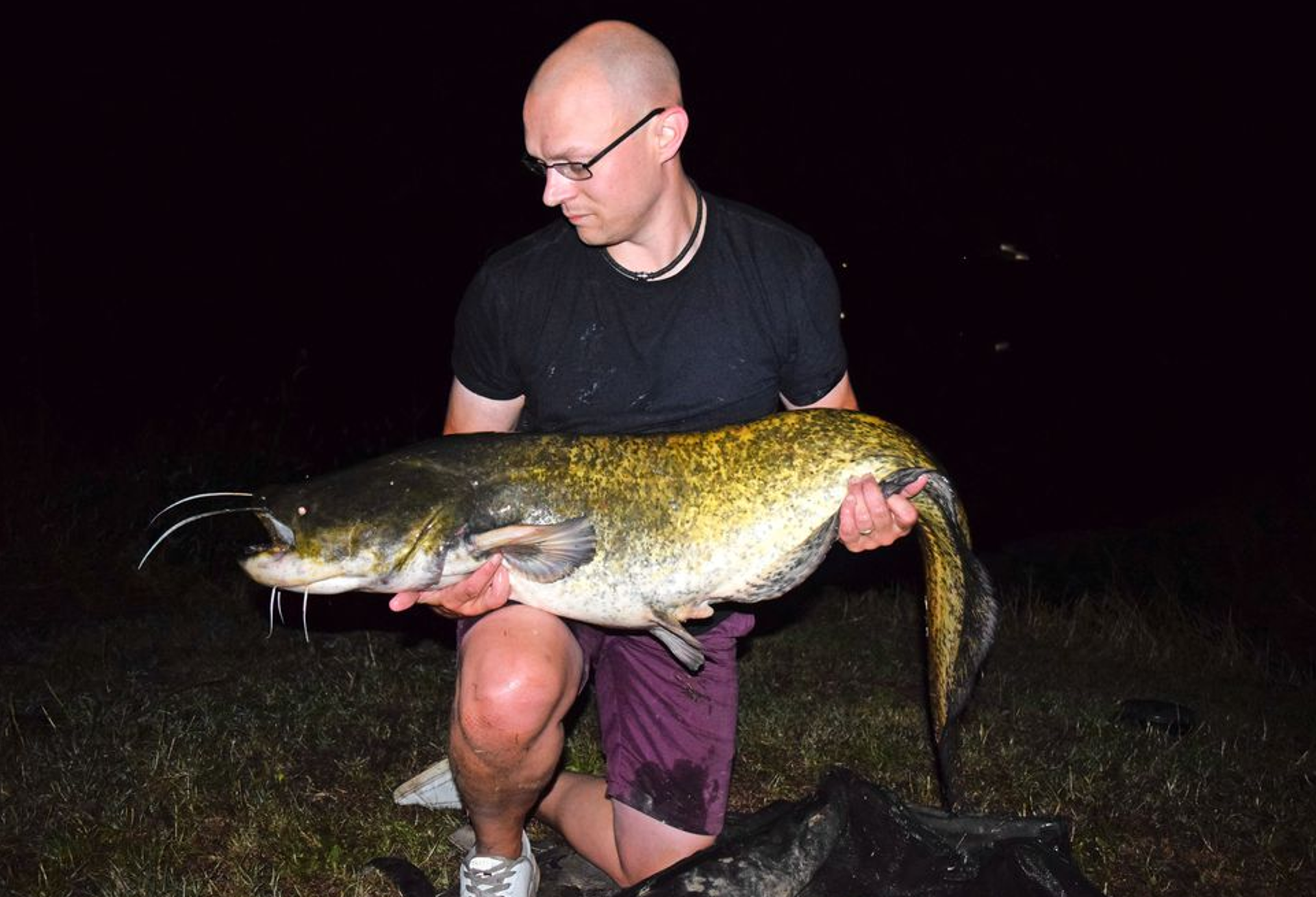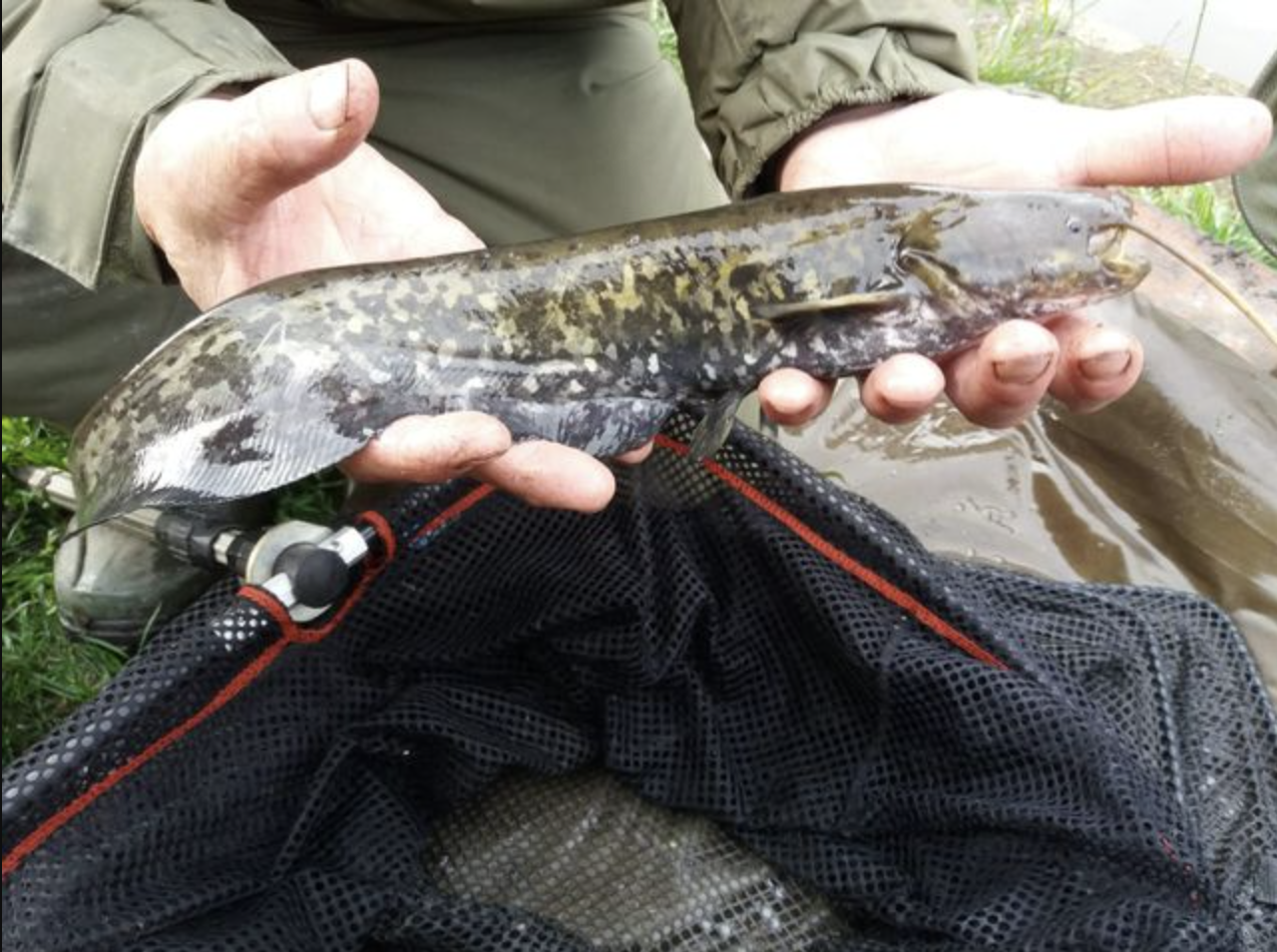Cormorant control measures rejected by Government
A FRESH bid to add cormorants to the General Shooting Licence has been rejected once again by Government.
The proposal to try to limit the devastating effect the birds are having on fisheries was submitted by the Angling Trust, the Avon Roach Project and other partners, who are seeking to add cormorants to thelicence alongside jackdaws, magpies and pigeons to afford fish stocks better protection from unsustainable levels of predation.
Cormorants numbers have recently skyrocketed and there are thought to be 30,000 overwintering in England each year, with each bird known to eat more than 1lb of fish each day.
A case for increasing the current cormorant control limit of 3,000 birds in any one year was submitted, but it was rejected by ministers.
“It’s extraordinary that ministers continue to deny the right to a reasonable level of protection of our vulnerable inland fish populations from a non-native visitor,”
said Trevor Harrop of the Avon Roach project.
Martin Salter, Head of Policy at the Angling Trust added:
“The Angling Trust will continue to make representations to Defra and the devolved administrations about the need to manage the impact fisheating birds have upon fisheries”
Cormorant numbers have risen sharply in the past few decades
Catfish are breeding in UK rivers - is this good or bad for angling?
A JUVENILE catfish has been caught from the River Trent and, while it won’t break any records, it could have a huge bearing on the future of Britain’s waterways.
Far larger specimens have been reported from rivers, including the Thames, in recent years, and they’ve always been regarded as one-off, fluke catches. But this ‘kitten’ suggests that the species may have started to breed in our running water venues. This development has sparked debate over whether the predatory species should be left to flourish as a viable angling target, or eradicated on the grounds of it being an unwanted alien invader.
Calum Fox, who banked the tiny cat, explained how his catch unfolded:
“At first I thought it was an eel, but when it surfaced and I got a better look I realised that it was very different from anything I’d normally catch,” he said.
“It came from a spot where anglers have had their tackle smashed by unseen monsters, believed to be large catfish or sturgeon. Perhaps those beasts were this fish’s mum and dad!”
Calum Fox with a baby catfish caught from the River Trent
So, is it possible for Wels catfish to breed in the UK’s relatively cool waters? Dr Paul Garner, an expert on all things fishy, sees no reason why not.
“I can’t think of any substantiated reports of people seeing them spawning, but I’d say there is no reason why they shouldn’t have spawned in the river,” said Paul.
“If you look at the range of Wels catfish, you’ll see that they breed in waters much colder than ours. Someone needs to spend a bit of time on the Trent next summer with proper fishing gear and do a bit of clonking!” he added.
A larger Trent catfish caught in 2018
While it seems there’s little doubt, therefore, that the catfish caught by Calum was born in the River Trent, the question remains whether the species will be a welcome addition to our river system, or an unwanted non-native pest that will upset the ecological balance of our waters.
Opinion among our readers appears divided. Some, like Alex Fanshawe, relish the prospect of targeting these hard-fighting monsters. Alex said:
“A river catfish from the UK is the pinnacle of all domestic angling dreams as far as I am concerned.
“They have been breeding in our river systems for decades, and represent no threat to our native aquatic life if you’re willing to take a holistic view. Nature has found a balance, as it always will.”
Others were fearful of the impact the species might have, with Italian angler Andrea Penso warning of the impact Wels catfish have had on fisheries in his home country.
“Cats are part of the reason our rivers are now messed up, compared to several decades ago,” he said.
“They’re everywhere and have had a huge impact on our native fish species. But since everyone seems to enjoy a lengthy tug of war with an ugly fish, nothing will be done to eradicate them. I just hope that England’s outstanding chub and barbel fisheries will not be affected by their proliferation.”
These sentiments were echoed by Simon Clarke, a passionate catfish angler who is also managing director of tackle firm of anglers regularly doing battle with huge catfish from UK rivers remains a long way off at present.
“While I love catfish, in my opinion they shouldn’t be in our waters because they’re simply not native. Until global warming has a significant and sustained impact on our water temperatures, they won’t be a fish we’ll regularly see.
“Our population of Wels catfish is at the northernmost latitude in Europe, other than a few in Sweden. As a result, our summers are shorter and cooler than those in southern countries, which leads to lower water temperatures and poor breeding success for catfish.
“We know they’ve been in the Trent for up to 30 years and in the Thames for possibly 70 years. If they haven’t established themselves in that time frame, I think we’ve got a fair old wait yet before they breed successfully and really settle.”
Until they do, Simon revealed that the burgeoning catfish population in UK rivers could actually help to eradicate a non-native species considered to be a scourge of angling.
“Crayfish make up a large portion of their diet, so they could actually help to tackle the UK’s population of American Signal crayfish, which are a truly threatening, invasive species,” he said.
Another shot of Calum Fox’s Trent catfish that got people talking




